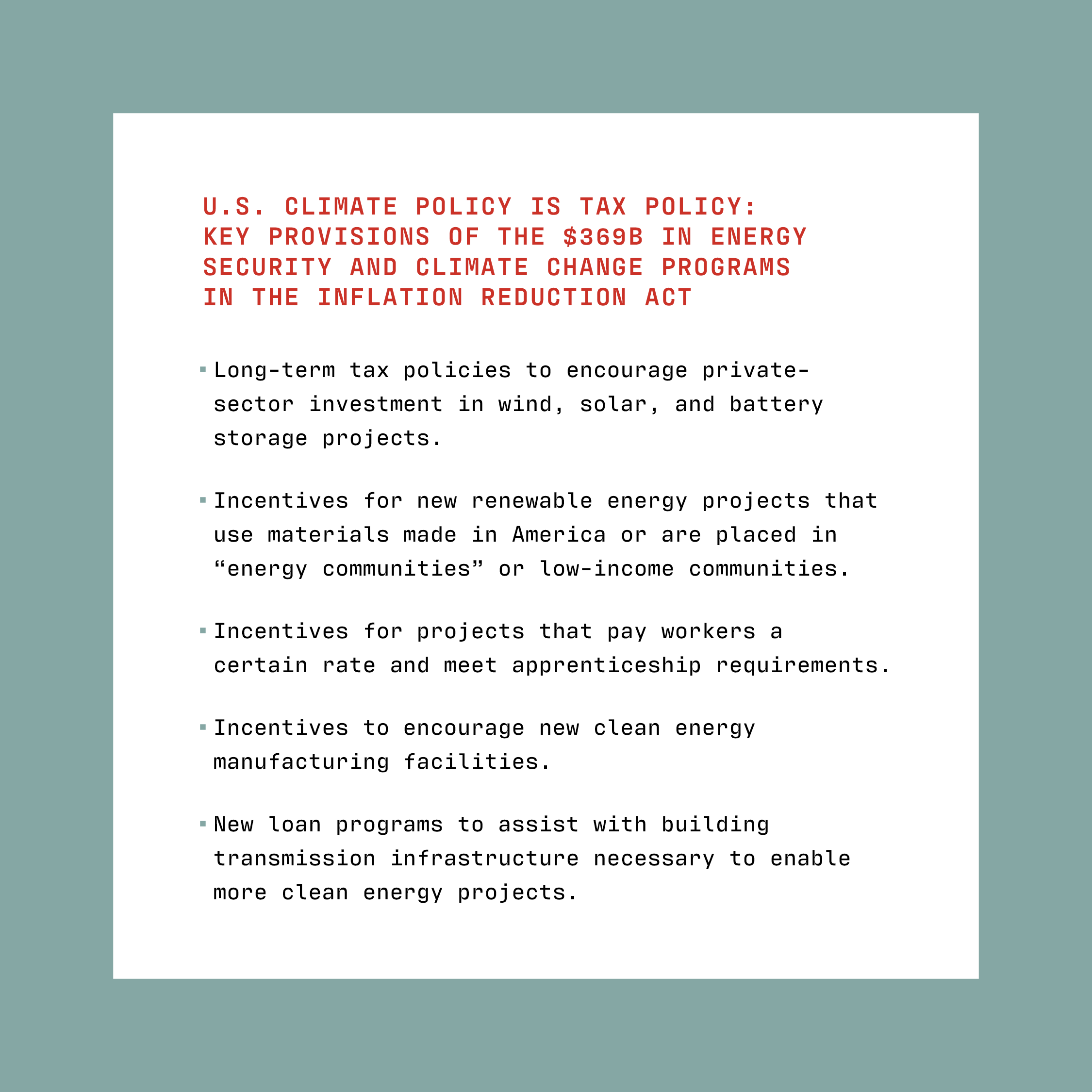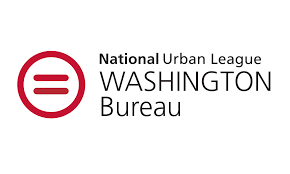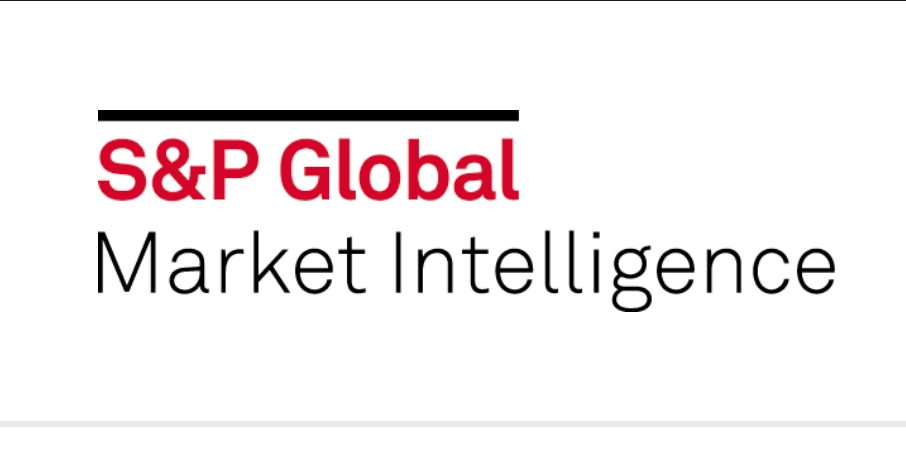Transitioning the U.S. economy to renewable energy is perhaps the greatest wealth-creation opportunity since the Industrial Revolution. Over the next two decades, American companies plan to invest hundreds of billions of dollars in new wind, solar, and battery storage projects to replace aging, expensive, and heavily polluting fossil fuel plants, and provide power for an increasingly electrified economy with a growing fleet of electric vehicles.
Deploying more renewable energy will lead to better air and water quality, lower electricity bills, and new career opportunities. Black, brown, and underserved communities – which have historically borne an outsized burden of the health impacts from fossil fuel pollution and now face some of the greatest threats from climate change – can particularly benefit. A burgeoning clean energy sector can, and must, offer economic empowerment for the next generation of entrepreneurs and business leaders.

Achieving our clean energy future will take engineers, accountants, lawyers, and communications professionals, along with hundreds of thousands of new workers in the construction, manufacturing, installation, and maintenance sectors. The wind, solar, and battery storage industries already employ more than 500,000 Americans across all 50 states, and these sectors are expected to create between 800,000 and 1.3 million new jobs by 2030.[1] Workers in these industries earn on average 25 percent more than the national median wage and are more likely to have health care and retirement benefits.[2]
But simply acknowledging the growing economic opportunity through the renewable energy transition is not enough. We must ensure that black, brown, and underserved communities can fully participate.
Toward that end, the Inflation Reduction Act (IRA), passed by Congress and signed into law by President Biden last August, includes key provisions to help ensure the economic benefits of the clean energy transition are equitably shared.
The heart of the legislation is a reform of the nation’s tax code, which for more than a century has been geared toward the fossil fuel industry. For the first time ever, the new law provides stable, long-term incentives for renewable energy technologies like wind and solar power, and key grid technologies like energy storage.[3] Included in this new regime are impactful provisions that promote the creation of good-paying jobs, increase domestic manufacturing, and incentivize investment in disadvantaged communities.
Under the new law, clean energy companies must pay prevailing wages and utilize registered apprentices, or they lose a whopping 80 percent of the tax credit value.[4] This has the potential to reshape the U.S. workforce and ensure that people of color can fill new, good-paying jobs in the growing renewable energy sector. An essential first step, however, is recruiting and training a diverse and qualified workforce.
And that is today’s crucial challenge. While there is some limited federal assistance for new training efforts, current programs do not provide nearly sufficient incentives or support for classroom instruction, training activities, and other workforce initiatives we need to meet the rising demand for qualified clean energy workers.
The National Urban League is partnering with the Edison Electric Institute (EEI) to host a series of informational forums on DE&I I in the energy sector and opportunities for Urban League affiliates to partner energy companies to diversify their talent pipeline.
And the Chicago Urban League is also leading the way in preparing Black communities for a renewable future with their Solar Energy Jobs Training Program. It is a 240-hour training program which utilizes classroom training and hands-on lab activities to prepare students for work in the solar industry. The affiliate also conducts a Solar Sales and Finance course that covers the most critical concepts in evaluating a renewable energy project. The course guides students through a case study on a solar energy project.
To address labor shortages in the clean energy sector, Congress and state governments need to provide additional funding for regional apprenticeship programs, leveraging the expertise of the private sector and higher education institutions to develop a uniform training curriculum to meet the real world demands in the growing clean energy workforce. The National Urban League (NUL) and local community service organizations have an important role to play in coordinating with other stakeholders to locate these programs in black, brown, and underserved communities and bolster minority involvement, both by recruiting locally and by providing supportive services, such as “earn and learn” compensation.[5]
There are also tremendous additional opportunities to reinvigorate American manufacturing thanks to the addition of new domestic manufacturing tax incentives in the IRA. However, a recent report assessing the participation of minority- and women-owned business enterprises (MWBE) in utility-scale wind, solar, and storage manufacturing found that only 12 out of 658 manufacturers could be categorized as MWBEs.[6]
We have got to do better. As more businesses enter the market to meet the growing manufacturing needs of the renewable energy sector, we must ensure that Black and Brown business owners are positioned to take advantage of these federal incentives and expand their presence in the renewable energy supply chain. Programs like ACORE’s Accelerate Initiative offer important potential for progress but must be expanded and embraced more broadly by the range of key organizations in the renewable sector to truly address the problem.
Importantly, the IRA also contains incentives for renewable energy projects sited in economically vulnerable communities, which are structured as an annually-capped bonus credit for projects undertaken in low-income areas, on tribal lands, or as part of a recognized affordable housing project.[7] Ushering new renewable projects into these neighborhoods is a critical element of the just transition, which can both reduce electricity rates and provide some recompense for the heavy costs of air pollution that fossil fuel facilities have inflicted on Black and Brown communities for decades. NUL and ACORE plan to work together to map out and channel investments toward qualified communities, prioritizing upfront and ongoing engagement with local residents to ensure that new projects meet their needs.

An additional bonus credit is provided for projects sited in “energy communities,” which are areas of the country that derive a certain share of local employment and revenue from fossil fuel activities.[8] By encouraging new renewable energy development in communities economically reliant on the coal, oil, and gas plants that clean technologies will displace, the IRA will reduce air pollution and provide new employment avenues where they are needed most.
Renewable energy is a field defined by innovation and thinking big. At ACORE, we see this every day through the work of our members. For example, 548 Enterprise, a registered Minority Business Enterprise headquartered in Chicago, hires and trains local residents to install solar on affordable housing units, providing employment and lowering utility bills for economically vulnerable families. Clearloop, a Nashville-based start-up, funds solar projects in the most polluted parts of the country, and WeSolar, founded in Baltimore, connects under-resourced communities to affordable community solar projects. These companies, owned and operated by women and people of color, embody a model for equitably distributing the benefits of renewable energy.
We need more of this innovation – and we need it in a hurry. Our planet is facing an unprecedented threat. But thanks to the IRA, we have an opportunity to realize the clean energy transition in a way that creates a more inclusive and equitable economy.
[1] U.S. Department of Energy, USEER 2022 National Report, available at https://www.energy.gov/sites/default/files/2022-06/USEER 2022 National Report_1.pdf;Truit, S. et al. State-Level Employment Projections for Four Clean Energy Technologies in 2025 and 2030 (March 2022), available at: State-Level Employment Projections for Four Clean Energy Technologies in 2025 and 2030 (nrel.gov).
[2] ACORE, Clean Jobs Better Jobs (October 2020), available at: https://acore.org/clean-jobs-better-jobs/.
[3] BNEF. 2H 2022 US Clean Energy Market Outlook: Supersized Buildup (October 2022), available at: https://www.bnef.com/insights/29957.
[4] IRS. Prevailing Wage and Apprenticeship Initial Guidance Under Section 45(b)(6)(B)(ii) and Other Substantially Similar Provisions (November 2022), available at: https://www.federalregister.gov/documents/2022/11/30/2022-26108/prevailing-wage-and-apprenticeship-initial-guidance-under-section-45b6bii-and-other-substantially.
[5] The “earn and learn” model removes a common systemic barrier to apprenticeship instruction by providing a living wage to individuals receiving instruction in skilled professional trades.
[6] BW Research Partnership, ACORE. Opportunities to Diversity the US Renewable Energy Manufacturing Supply Chain (December 2022), available at: U.S. Manufacturer Diversity in the Renewable Energy industry (acore.org)
[7] The White House. Building a Clean Energy Economy: A Guidebook to the Inflation Reduction Act’s Investments in Clean Energy and Climate Action at 16 (January 2023), available at: https://www.whitehouse.gov/wp-content/uploads/2022/12/Inflation-Reduction-Act-Guidebook.pdf.
[8] Ramek, D. & Pesek, S. What Is An “Energy Community”? Alternative Approaches for Geographically Targeted Energy Policy (November 2022), available at: https://www.rff.org/publications/reports/what-is-an-energy-community-alternative-approaches-for-geographically-targeted-energy-policy/.



